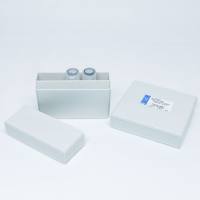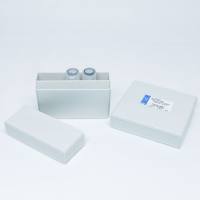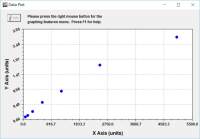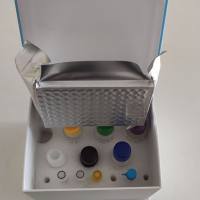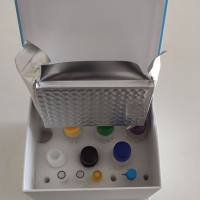Planar Patch Clamping
互联网
800
The technique of patch clamping can be seen in retrospect as a combination of two separate lines of development that both
originated in the 1960s and 1970s. The classical biophysics of the nerve impulse had by then been established in the squid
giant axon using a combination of (1) voltage clamping with axial wire electrodes and (2) internal perfusion or dialysis.
This combination had given experimenters control of both the electrical and the chemical gradients governing membrane ion
flux. The problem of the day was to extend this type of analysis to smaller, noncylindrical, cellular structures (such as
neuronal somata) that would not allow insertion of metal wires, let alone tolerate any of the procedures used for internal
perfusion or dialysis of squid axons. While intracellular glass microelectrodes (Ling and Gerard, 1949
) afforded intracellular electrical access to most cellular somata, two independent electrodes for current passing and voltage
recording, respectively, were initially necessary, until time-sharing systems made single-microelectrode voltage clamping
possible (Wilson and Goldner, 1975
). Even then, however, two severe problems remained: (1) spatially nonuniform voltage control (the so-called space-clamp problem),
and (2) the lack of control over intracellular ionic composition.


